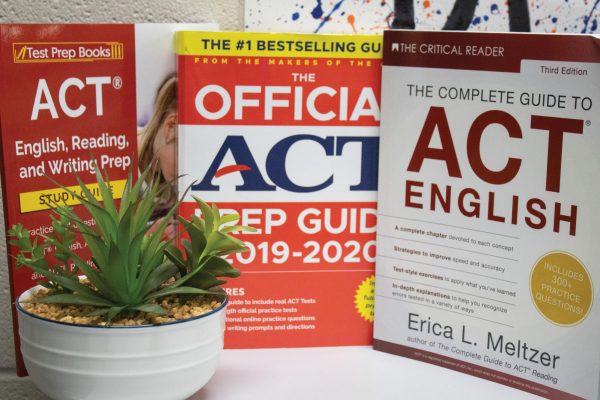Hawaii’s Mauna Loa, World’s Largest Active Volcano, Erupts
December 7, 2022

On November 27, 2022, tragedy struck Hilo, Hawaii when the largest active volcano erupted causing possible health hazards and destroying infrastructures.
This is the first time in 38 years that the volcano has erupted and the 34th eruption since written history began in 1843. The eruption began on Sunday night after a series of large earthquakes.
According to an interview taken from TheGuardian, Ken Hon, scientist in charge at the Hawaiian Volcano Observatory, said he doesn’t expect additional vents to form on the volcano’s southwest rift zone during this eruption. This means that communities to the west would be spared lava flows this time.
Risks of the eruption could be molten rock covering houses, farms, or neighborhoods, however, at the moment the lava is not threatening any homes or communities and no evacuation orders have been issued.
According to the US National Park Service, no lives were lost in the eruption. However, the tragedy destroyed approximately 2 dozen buildings and submerged more than a mile of highway.
Another risk is volcanic gas. Mauna Loa is discharging sulfur dioxide, which is a gaseous air pollutant composed of sulfur and oxygen, and many other gasses that are causing smog when mixed with oxygen and dust in the presence of sunlight. Although the highest concentration of smog is the immediate area around the summit vents, it can spread across the island and even creep over to the state’s other islands.
Smog can cause irritated/burning eyes, headaches, and sore throats. Therefore, the state health officials are urgently suggesting citizens to cut back on exercising outdoors and engaging in activities that could cause heavy breathing.
According to the US Geological Survey data, Mauna Loa released about 15,000 tons of CO2 per day during its 1984 eruption, equivalent to the yearly emissions from 2,400 sport utility vehicles.
“I did know about the volcano eruption because I am part of several Facebook groups for environmental science and the moment it erupted, there was an explosion of activity on the Facebook pages with videos and comments and even classroom activities to discuss the nature of the volcano.” Ashlye Pool, AP Environmental Science teacher, states.
“There are some scientists that are saying it is a good thing for the environment and that the volcano was actually overdo for the eruption, however, I do know that there will be some towns that will be impacted from the lava flow and experts are already discussing which towns will need to be evacuated and houses and living situations will be affected.” Pool continues.
“Environmentally I think it is a bit of a positive, but socially and even economically it may hurt some people. Typically, volcanoes erupt when the tectonic plates in the earth shift causing an earthquake, for lack of a better term, and it pushes the magma from earth’s crust up through the volcano, which is the volcano erupting.
” Pool informs.
“I knew about the Mauna Loa volcano eruption because I like to stay informed with current events. I think the eruption could be dangerous for the people of Hawaii due to the release of sulfur dioxide and other volcanic gasses into the atmosphere,” Zulette Romero, senior, states.
“When volcanic smog forms, this can create potential air quality issues for its people, which can cause several severe health problems.” Romero continues.




